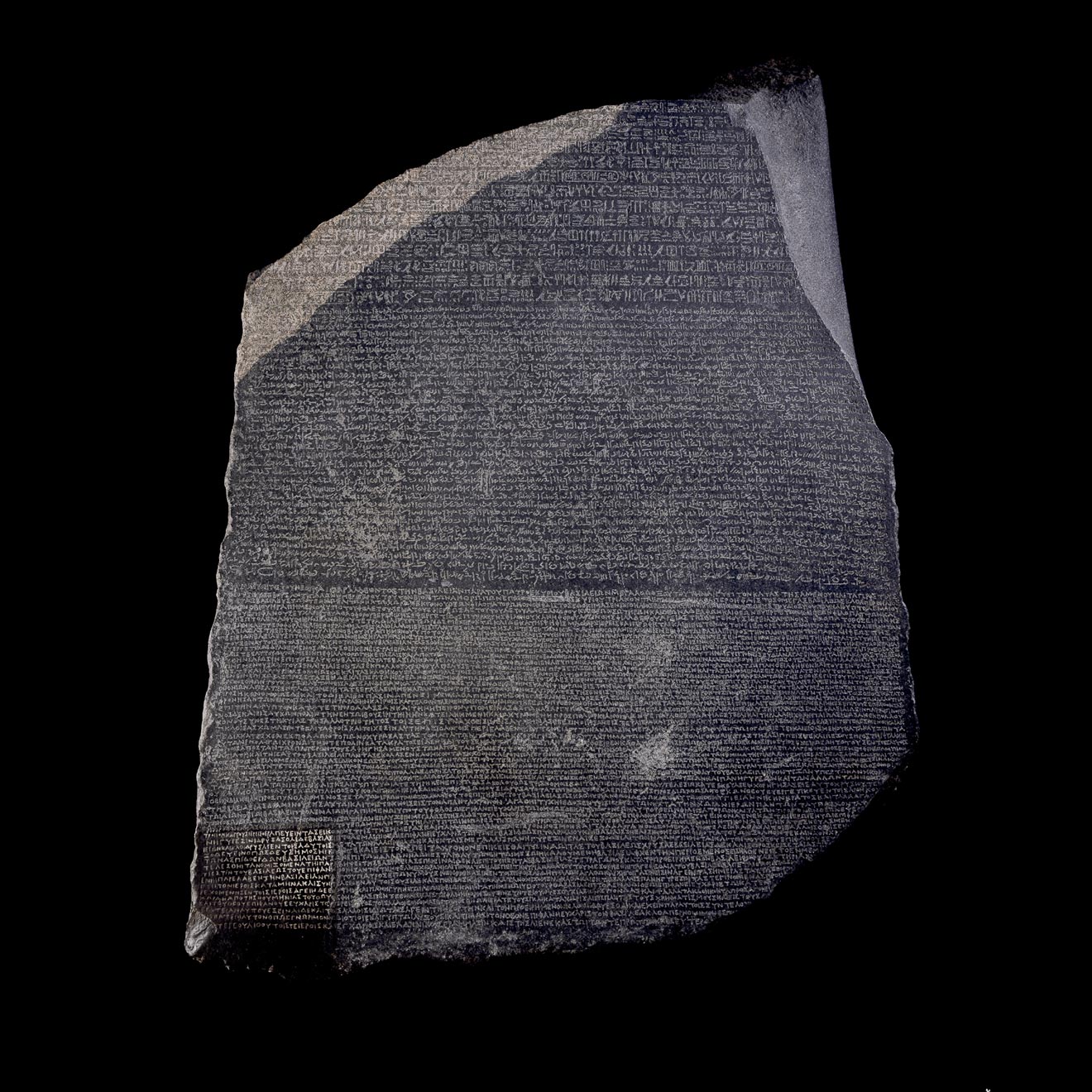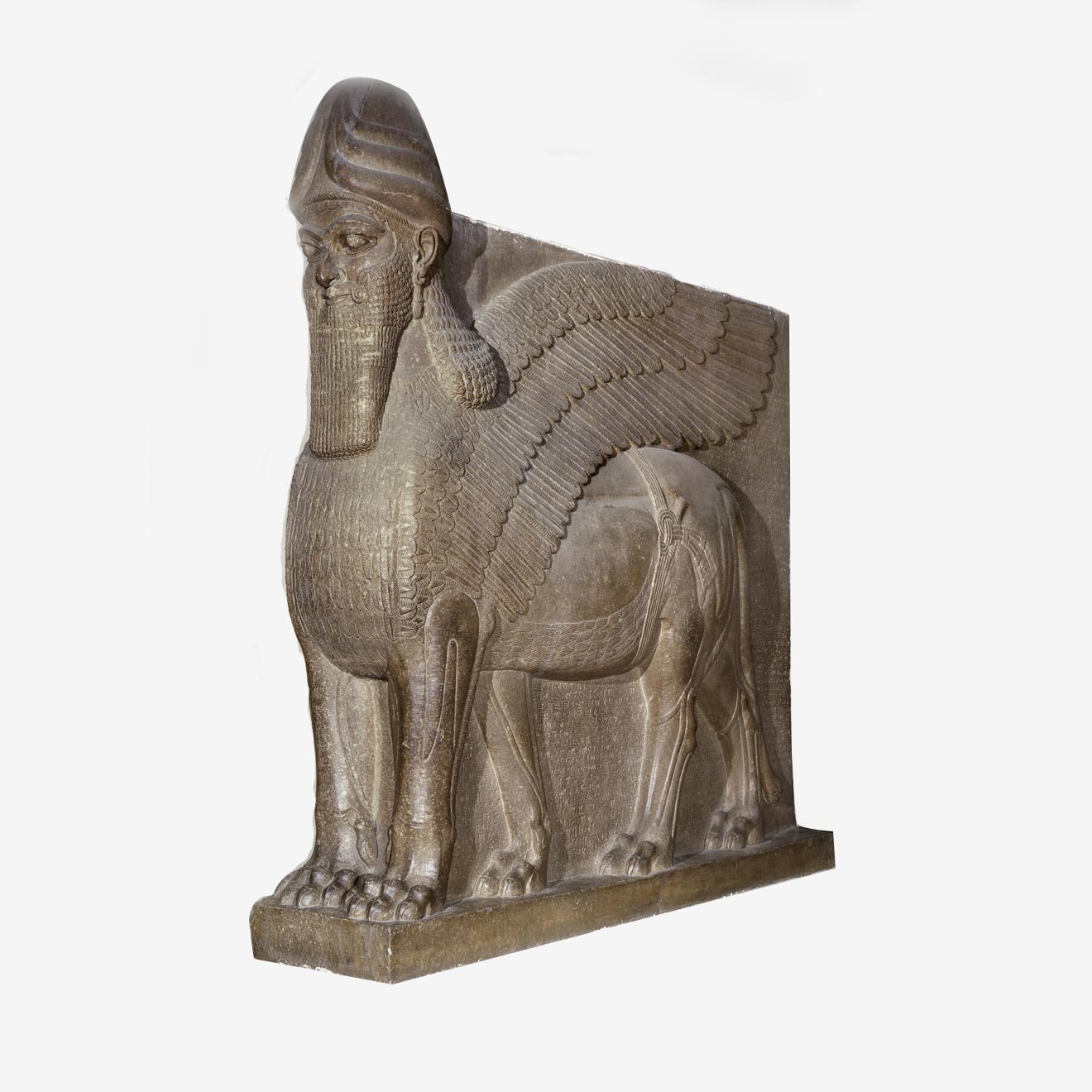

-
The Rosetta Stone
Stone
Height 112.3cm Width 75.7cm Thickness 28.4cm
Egypt , 196 B.C.
The Rosetta Stone was put up in 196 B.C.E at a temple. It tells us about the temple setting up a cult for the pharaoh the King Ptolemy V and it tells us story in three different types of script. At the top you have hieroglyphs which is the ancient traditional writing system of Egypt. In the middle you have the same text written in demotic which was the everyday writing system script. At the bottom you have the same text this time in Greek. The stone was seized in 1801, in 1802 it entered the British Museum and today it sits right in the center of the grand Egyptian Gallery. As soon as the Rosetta Stone entered the British Museum copies were made and they were distributed among the land and societies of Europe and northern America triggering the race to decipher the hieroglyphs. In 1822 the young French Egyptologist Champollion published his book on the hieroglyphs that was the moment when suddenly with the deciphering of the hieroglyphs all of the Ancient Egyptian parts became accessible, scholars could read the texts on buildings of pyrite and that exploded our knowledge and understanding of Ancient Egypt.

-
Lamassu
Stone
Height 26.2cm
Khorsabad, 721 to 705 B.C
The Lamassu is a winged bull, sometimes a lion, with a human head wearing the crown and around the crown we see horns indicating that this is a divinity. Lamassu stood at the entrances to citadels and palaces in the Assyrian empire in palaces of the king to protect ruler. This Lamassu was excavated in Khorsabad at the capital of Sargon II who ruled from 721 to 705 B.C. It tells you something about the power, the might of this empire and its rulers. Next to one of the hoofs of the bull, a game board had been scratched into the stone.
